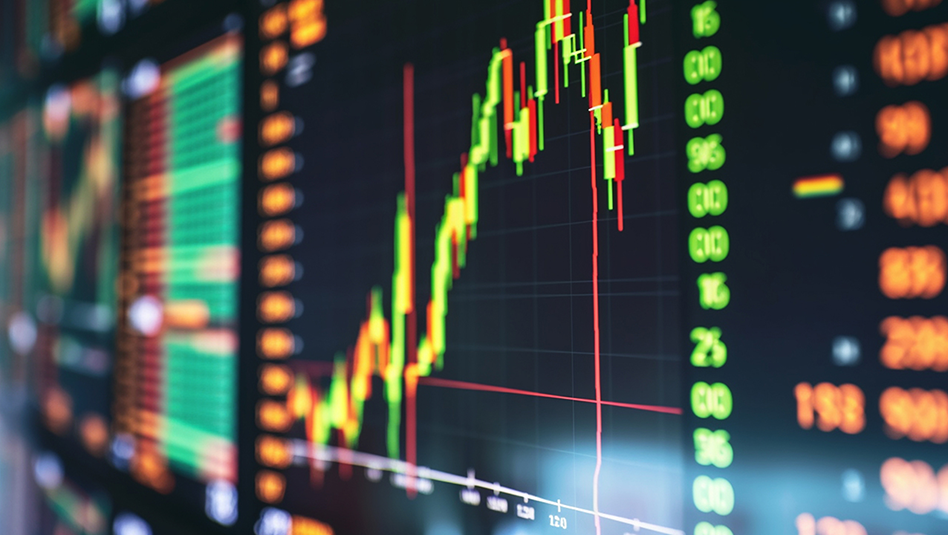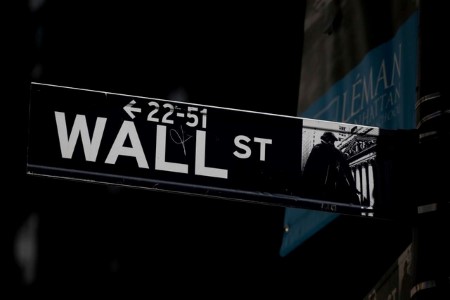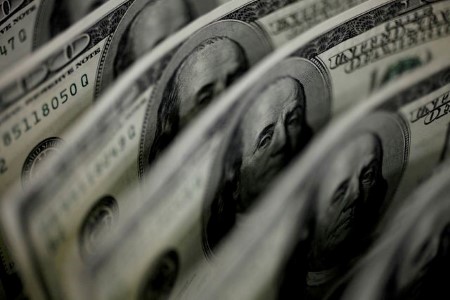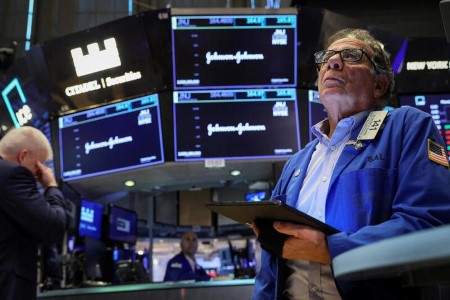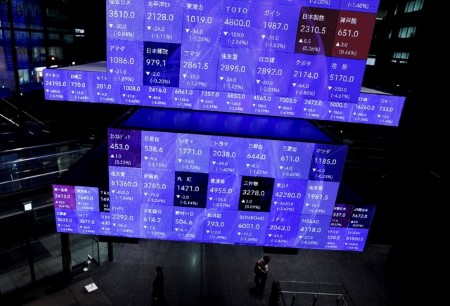MANILA, Nov 10 (Reuters) – The Philippine economy grew at a faster-than-expected clip in the third quarter, but the government said the recovery is not without risks given rising interest rates and soaring inflation that could crimp consumer spending.
Underpinned by pent-up domestic demand, the economy expanded 7.6% in the third quarter from a year earlier, official data showed on Thursday, far outpacing the 6.3% forecast in a Reuters poll and faster than the 7.5% growth in the second quarter.
The economy would likely grow above the government’s 6.5%-7.5% growth target for 2022, Economic Planning Secretary Arsenio Balisacan told a media briefing.
On a quarterly basis, gross domestic product (GDP) rose 2.9% versus a 0.1% contraction in April-June and an expected 1% rise, the data showed.
“While these developments are remarkable, I want to underscore that our nation still faces a considerable burden in the form of high inflation,” Balisacan said.
Rising import costs, aggravated by a weaker peso, pushed inflation to a near 14-year high in October, cementing expectations of a sixth rate increase at the Bangko Sentral ng Pilipinas'(BSP) meeting on Nov. 17.
A 75-basis-point hike appeared to be in the bag after the BSP said on Nov. 3 it will match the Federal Reserve’s three-quarters of a percentage point rate rise to support the peso, which has so far lost 12.3% against the US dollar this year.
Despite the series of rate hikes, growth in the Philippines averaged 7.7% in the nine months to September helped by the full reopening of the economy as the government continuously lifted COVID-19 restrictions from early this year.
Balisacan said the government remained committed to fighting inflation to protect people’s purchasing power, including by tightening monetary policy.
“We cannot afford not to adjust (rates) with the rest of the world,” he said.
Household consumption rose 8.0% in the third quarter from a year ago, slower than the previous quarter’s 8.6% pace but faster than the 7.1% growth in the same period last year, the data showed.
“In the face of surging prices, that’s a big upside surprise,” said ING economist Nicholas Mapa.
(Reporting by Neil Jerome Morales and Enrico dela Cruz; Writing by Karen Lema; Editing by Muralikumar Anantharaman and Ana Nicolaci da Costa)







 DOWNLOAD
DOWNLOAD

